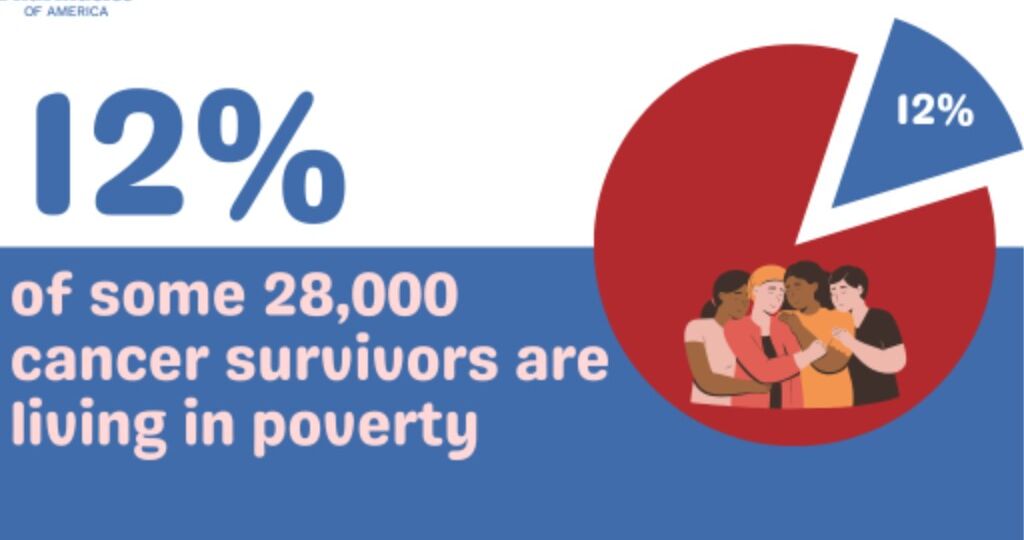
An opportunity for charitable pharmacies to collaborate with oncology practices for non-oncology medications during and after treatment.

An opportunity for charitable pharmacies to collaborate with oncology practices for non-oncology medications during and after treatment.

A Fireside Chat with AAM Chair, Christine Baeder and Mark Cuban, Entrepreneur and Cost Plus founder
Good Pill will provide direct access to hundreds of life-saving medications and save families $150+/month on healthcare cost

Medication non-adherence has led to at least 100,000 preventable deaths each year and $100 billion annually in preventable healthcare costs in the United States

How is a charitable pharmacy different from other types of pharmacies?
We estimate that if the PHE expires in April 2023, 18.0 million people will lose Medicaid coverage in the following…
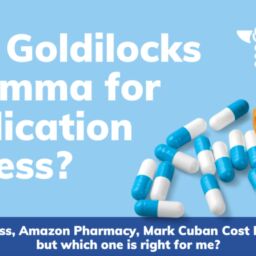
There are multiple factors that will impact an individual patient’s choice on how to go about getting their prescription medication. It can be overwhelming to navigate this complex issue.

NABP Associate Executive Director Josh Bolin on DSCSA compliance prior to FDA moving compliance deadline.
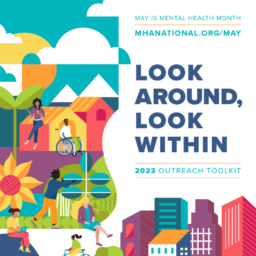
This toolkit, comprised of fact sheets, worksheets, sample communications materials, and sample social media is designed to help aid how you support your own mental health journey, along with your community’s.

Recent federal legislative and regulatory updates in managed care pharmacy have prioritized topics ranging from expedited access to novel therapeutics to the health disparities and equity concerns affecting patient populations nationwide, but progress on these developments will depend on the impact of the midterm elections

APPLICATIONS ARE OPEN! – Letters of Intent due 9/15/23

The five most recent states to expand the scope of reimbursement for pharmacists are Maryland, Missouri, North Dakota, Virginia and Wyoming
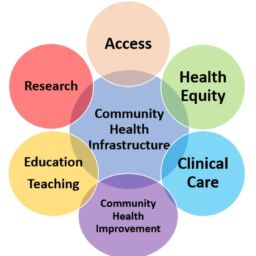
An opportunity for charitable pharmacies to collaborate with oncology practices for non-oncology medications during and after treatment.
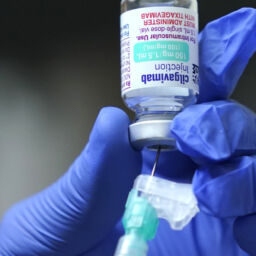
How a ‘weighted lottery’ helped underserved patients get a scarce Covid drug
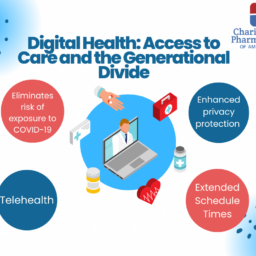
Just as banks have helped seniors bridge the digital divide and leverage online banking to better manage their money, healthcare organizations need to help older adults leverage digital technology to better manage their health.

